A teaching resource to help consolidate the students’ knowledge of punctuation.
This teaching resource, Punctuation Sentence Challenge is a diversely used classroom worksheet to suit your classroom learning while keeping punctuation knowledge and practise relevant to your students. As this worksheet is an open activity, it will encourage and challenge diverse learning levels in your classroom. Students love the challenge of planning key words and using them to create interesting sentences. With support, this worksheet can also be used for activities in lower primary years.
Student get a chance to implement the following punctuation
- Capital Letters
- Full Stops
- Commas
- Question Marks
- Exclamation Marks
- Apostrophes
- Speech Marks
- Colon
- Semi colon
- Ellipses
- Brackets
In your classroom you can brainstorm a weekly topic focus, or integrate using the topics that your classroom is already learning. Brainstorm how key ideas from your topic can link to your focus punctuation. Once you have set the focus for the activity, get students to highlight their focus punctuation in the tabs down the bottom. Students are recommended 10 to 15 minutes to craft a paragraph and incorporate the focus punctuation types that are your classrooms is using. After students have written and are at their editing stage, they need to highlight their punctuation and add in any more they feel is missing. The more regular practise students have with this activity, the more fluent and aware they become at implementing punctuation in their classroom writing.
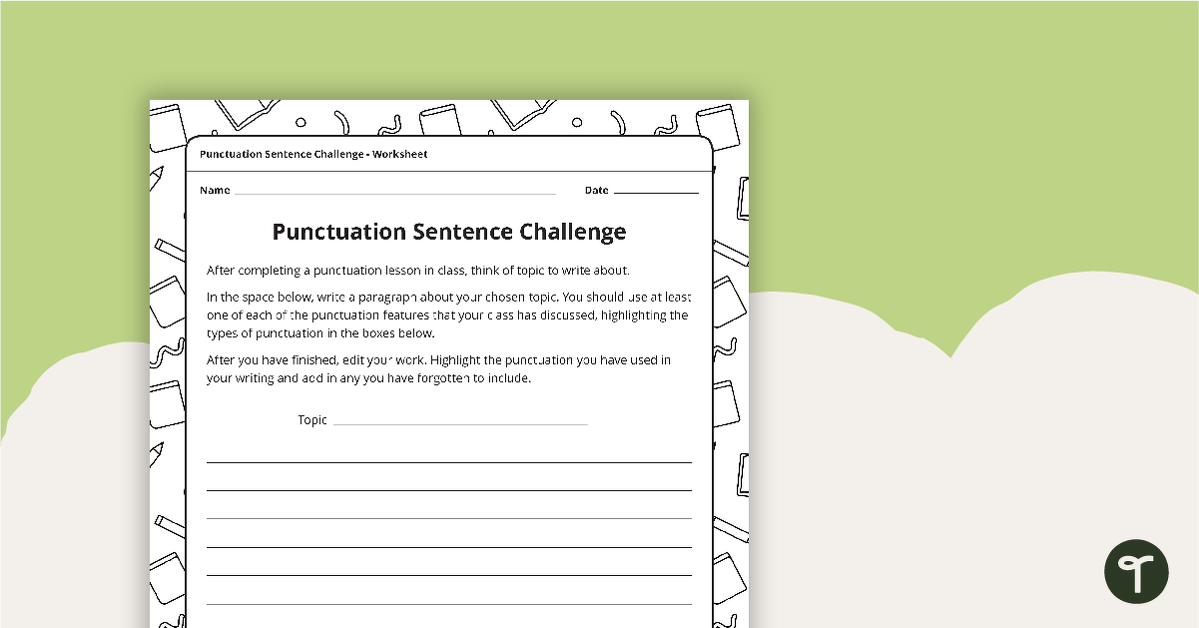

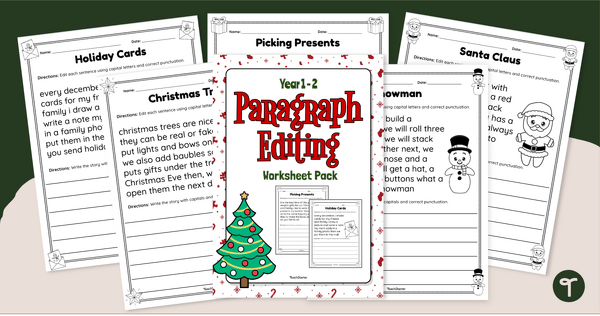
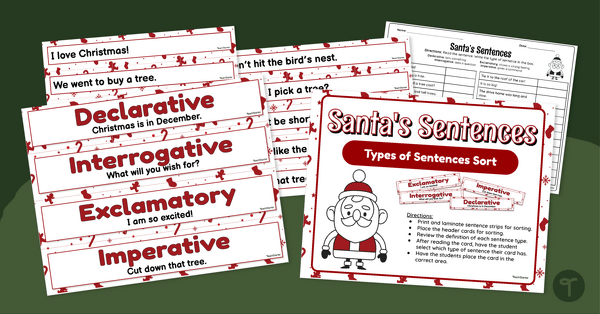
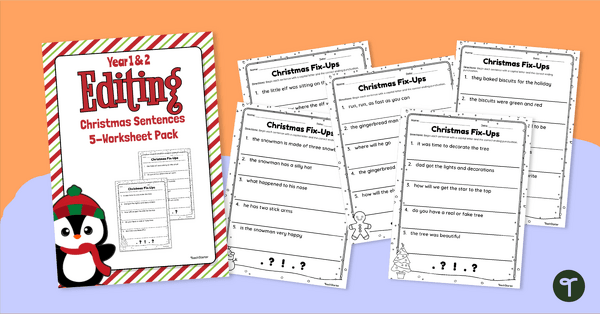
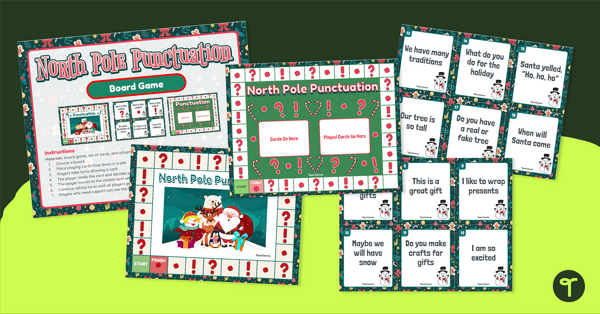
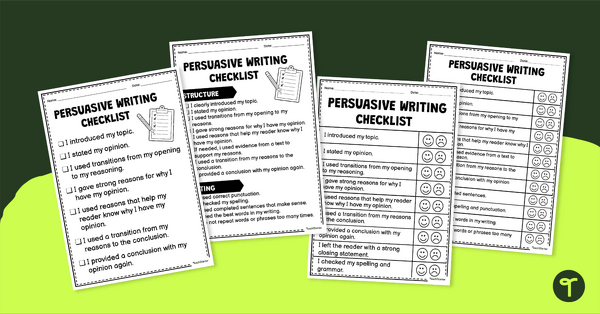
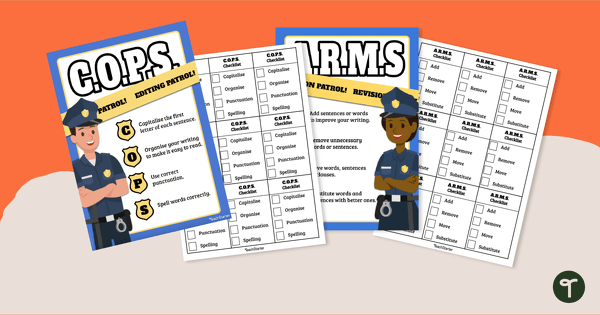

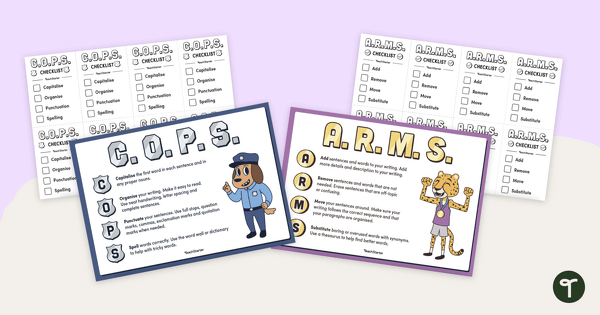
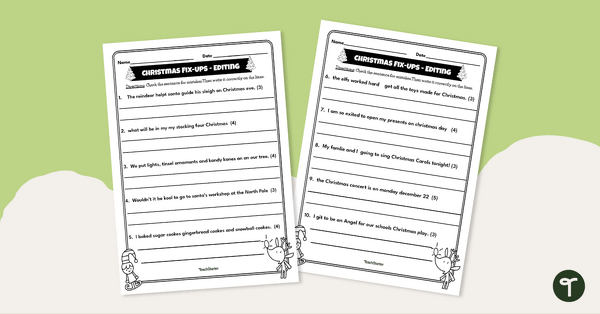
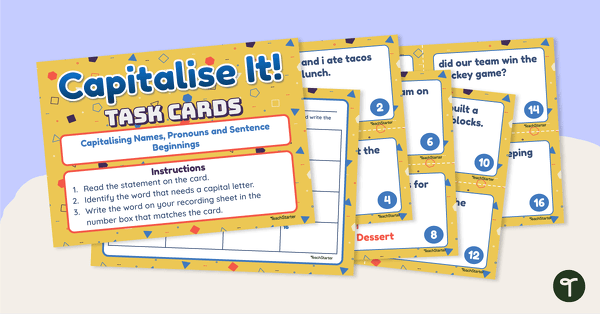
0 Comments
Write a review to help other teachers and parents like yourself. If you'd like to request a change to this resource, or report an error, select the corresponding tab above.